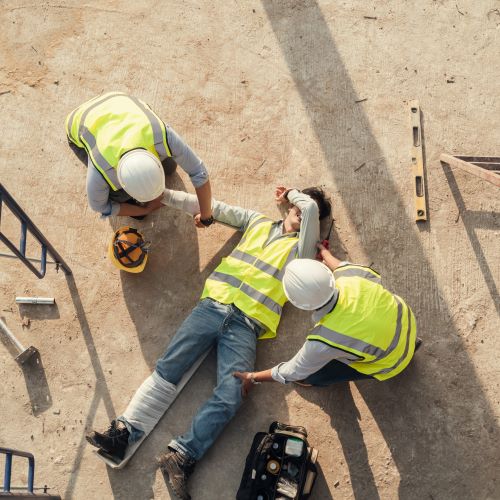16 January 2025
 A new automated job hazard analysis tool developed by Australian researchers promises to significantly reduce workplace accidents and improve safety in the high-risk construction industry, where 60,000 workers are killed each year.
A new automated job hazard analysis tool developed by Australian researchers promises to significantly reduce workplace accidents and improve safety in the high-risk construction industry, where 60,000 workers are killed each year.
The University of South Australia research team has built a “knowledge graph” to predict hazards on construction sites which are traditionally identified in a manual and time-intensive process.
With construction sites accounting for nearly 20% of occupational deaths worldwide, the urgency to innovate safety measures has never been greater, according to UniSA Construction Management lecturer Dr Sonali Pandithawatta, who led the study.
“Traditionally, potential job hazards rely heavily on safety personnel identifying risks and control measures, a process that is prone to inefficiencies and human error,” Dr Pandithawatta says.
“Our research addresses the critical need to automate job hazard analysis (JHA).”
In designing the algorithm, researchers gathered data from incident reports and experts, integrating information such as weather, job steps, hazards, and preventive measures which are all captured in a graph.
More than 100 JHA documents were analysed, and input sought from 18 industry experts to build the tool.
Co-author, UniSA Construction and Project Management Professor Rameez Rameezdeen, says the model demonstrated “exceptional accuracy” – more than 90% - and was capable of analysing both primary and secondary hazards, the weather, workplace proximity and atmospheric hazards in real-time.
“We are proud to contribute to the global effort in making construction sites safer,” Prof Rameezdeen says, adding that the tool could also be adapted to other high-risk industries where workplace safety is an issue.
The next step is to assess other risk factors such as human and managerial influences and to integrate advanced machine learning techniques for broader use.
The study, published in the Journal of Engineering, Project and Production Management, was supported by the South Australian Water Corporation (SA Water).
…………………………………………………………………………………………………………………………
Media contact: Candy Gibson M: +61 434 605 142 E: candy.gibson@unisa.edu.au



